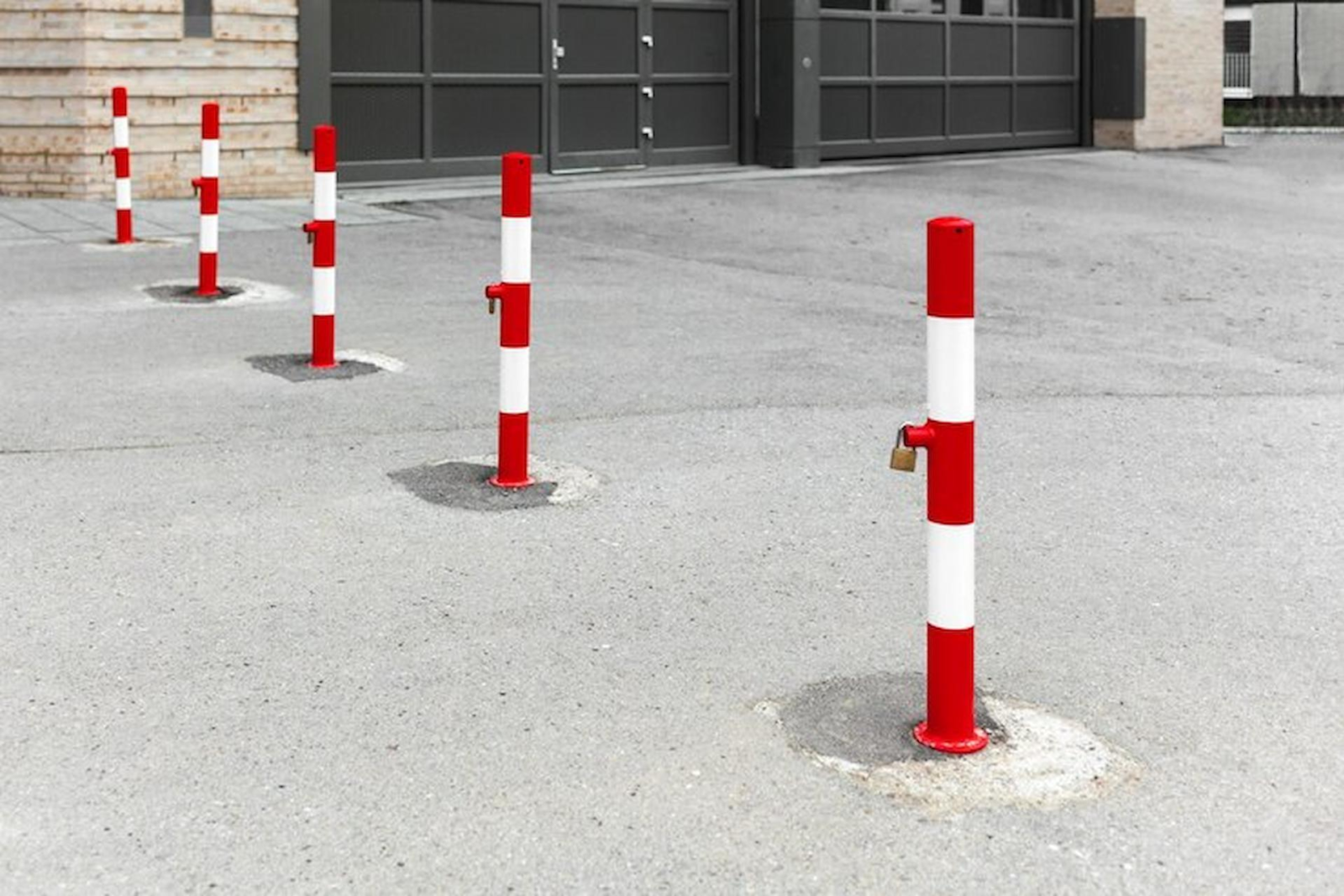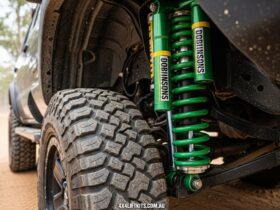Street bollards are the unsung heroes of urban landscapes. They protect pedestrians, guide traffic, and enhance the aesthetic appeal of public spaces. But when it comes to selecting the perfect material for these urban sentinels, the choices can be overwhelming. Each material has advantages and drawbacks, making the decision more complex than it may seem. Let’s dive into the world of barriers and explore how to choose the suitable material for your needs.
The Mighty Concrete: Strength Meets Simplicity
- Concrete bollards are a common sight in many cities, and for good reason. They are robust, durable, and relatively low-cost. Concrete’s inherent strength makes it ideal for high-impact areas with significant risk of vehicle collisions.
- However, concrete bollards have downsides. They are heavy, making installation labour-intensive. Moreover, repairing or replacing them can be costly and time-consuming once damaged. Despite these challenges, their sheer durability makes them a favourite for long-term projects where strength and stability are paramount.
- Concrete bollards are versatile in terms of aesthetics. They can be moulded into various shapes and sizes and painted or textured to match the surrounding environment. This adaptability ensures that they not only serve a functional role but also contribute to the visual harmony of urban spaces.
The Timeless Appeal of Steel: Strength with Style
- Steel bollards are the epitome of modern design and functionality. Known for their high strength and impact resistance, steel barriers are often used in areas with heavy vehicle traffic. They provide a sleek, contemporary look that blends seamlessly with urban architecture.
- One of steel’s main advantages is its flexibility in design. Steel bollards can be manufactured in various styles, from simple and practical to ornate and decorative. This versatility allows them to complement multiple architectural themes and urban designs.
- However, steel is susceptible to corrosion, especially in coastal areas where saltwater can accelerate rusting. To counter this, many steel bollards are coated with protective layers or made from stainless steel, which offers superior resistance to the elements. Regular maintenance is crucial to keep steel barriers looking and performing their best despite these measures.
The Eco-Friendly Choice: Recycled Plastic
- In an era where sustainability is a growing concern, recycled plastic bollards are gaining popularity. Made from post-consumer plastics, these barriers are environmentally friendly and surprisingly durable. They offer a lightweight alternative to traditional materials like concrete and steel, making them easier to install and relocate if necessary.
- Recycled plastic bollards resist weathering, rust, and rot, ensuring a long lifespan with minimal maintenance. Additionally, they can be designed to mimic the appearance of more traditional materials, providing aesthetic flexibility without sacrificing eco-friendliness.
- However, it’s essential to consider the potential limitations. Recycled plastic may offer a different level of impact resistance than steel or concrete, making it less suitable for high-risk areas. Nonetheless, recycled plastic bollards are an excellent choice for low-traffic zones or areas where environmental impact is a priority.
The Classic Elegance of Cast Iron: Tradition and Durability
- Cast iron bollards exude a sense of timeless elegance. They are often found in historic districts and parks. Their classic design and sturdy construction make them popular in areas where aesthetics are as important as functionality.
- Cast iron is incredibly durable and resistant to wear and tear, though it is heavy and requires more effort to install. Like steel, cast iron can rust over time, particularly in harsh weather conditions. However, with proper maintenance and protective coatings, cast iron bollards can retain their beauty and integrity for many years.
- One key benefit of cast iron is its ability to be cast into intricate designs, offering a high level of customisation. This makes it an ideal choice for heritage sites and areas where maintaining a specific historical or artistic look is crucial.
The Versatility of Aluminum: Lightweight and Long-lasting
- Aluminium bollards are a versatile option. They balance durability with a lighter weight compared to steel or cast iron. This lightweight nature makes aluminium barriers easier to handle and install, reducing labour costs and installation time.
- Aluminium is naturally resistant to rust and corrosion, making it an excellent choice for coastal or industrial areas. Its malleability allows for a wide range of designs, from sleek and modern to more traditional looks, ensuring that aluminium bollards can fit seamlessly into various environments.
- While aluminium is generally more expensive than other materials, its longevity and low maintenance requirements can offset the initial investment. Aluminium bollards provide a compelling option for projects where durability and aesthetics are vital considerations.
Conclusion:
Choosing the suitable material for street bollards involves balancing several factors, including durability, cost, aesthetics, and environmental impact. Concrete, steel, recycled plastic, cast iron, and aluminium offer unique benefits and potential drawbacks. The decision ultimately depends on the specific requirements of your project and the environment in which the barriers will be installed.









Find Us on Socials